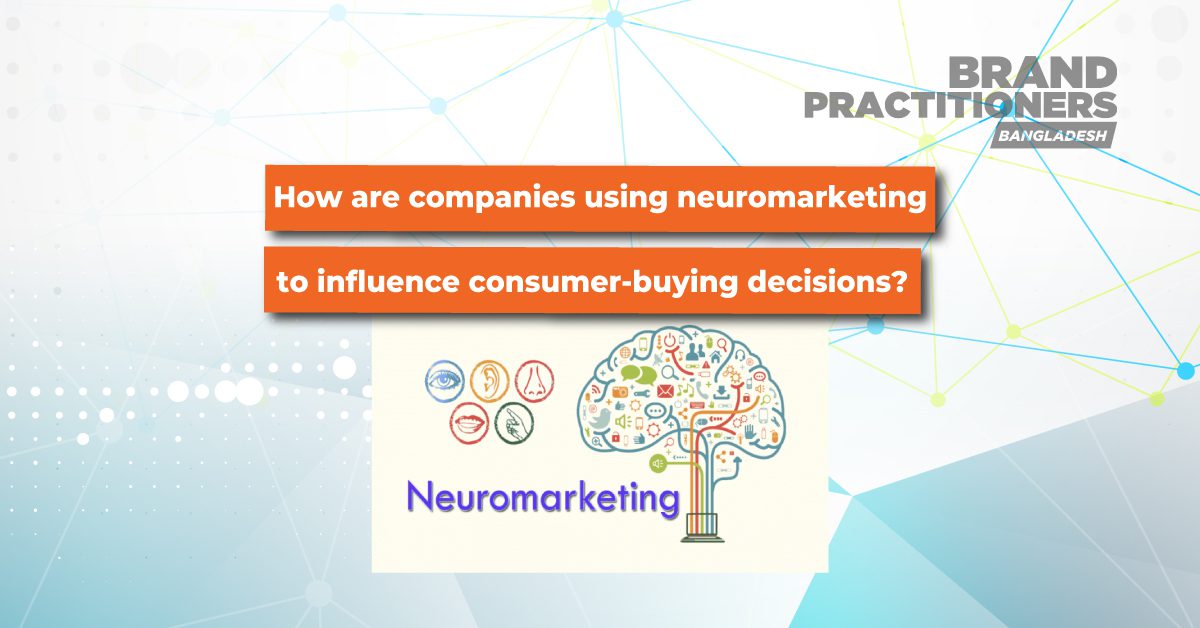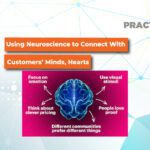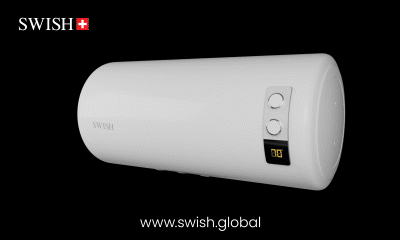Marketing revolves around understanding consumer choices and preferences. It is all about understanding consumer pain points and producing content to connect with those points, and this could include a series of trials to analyses what they respond to. Neuromarketing becomes helpful to understand their psyche and thus produce strong and customer centric marketing campaigns.
How do customers make their purchase decisions?
Be it online or offline channels of shopping, customers go through a series of decisions while browsing before they eventually pick out their choices. Unknowingly, each stimuli is processed in their brains, compared to past experiences, decision is made which is then translated to arm movements for purchase.
Every step is an opportunity for a brand or company to influence the target audience and form a bias in their minds. This is where neuromarketing steps in. Though relatively new in the field of marketing, neuromarketing is becoming more popular as the go-to method for analyzing and optimizing marketing strategies.
How are companies utilizing neuromarketing?
Neuromarketing is based on the assumption that information can be derived from the human brain. In the marketing world, this translates to information that consumers don’t spell out in words, either because they don’t know how to or because they are not willing to reveal them.
Traditionally, information was collected through surveys, presentations, advertisements etc. With the advent of neuromarketing, more advanced techniques like functional magnetic resonance imaging or fMRI is used to interpret data.
Brain scanner tracks decision-making process happening in the brain, and a neuronal map can be outlined about the purchasing and the parts of the brain corresponding to this.
Same networks get activated for specific tasks. By observing these, specific activation patterns correlating to individual processes in the purchase decision can be tracked.
Users’ responses to products are tracked with fMRI, with the aim of identifying the pleasurable and non-pleasurable responses. Brain activation patterns help neuromarketers to understand if consumer has positive or negative emotion towards the product being shown.
Their reactions to price are also monitored before deciding on the prices of products.
Manufacturers and retailers rely on neuromarketing for sales forecasts and accordingly decide about including specific products on retail outlet shelves.
Is a brain scanner and associated assumptions 100% accurate?
Truth is, it need not be.
Extrapolating these findings into corporative scenario may not be completely because of methodological deficits or lack of knowledge.
There are doubts if positive and negative emotions detected by the fMRI machine would be the same as the emotions humans feel in their regular lives.
Results can be interpreted in multiple ways depending on the set of controls being utilized.
Done with a few participants only, there are questions if the results can be assumed for the entire target audience or subsets.
The results may not be able to be generalized for diverse countries like India.
More:
The Future Of Marketing: More Creative, Customer-Centric













